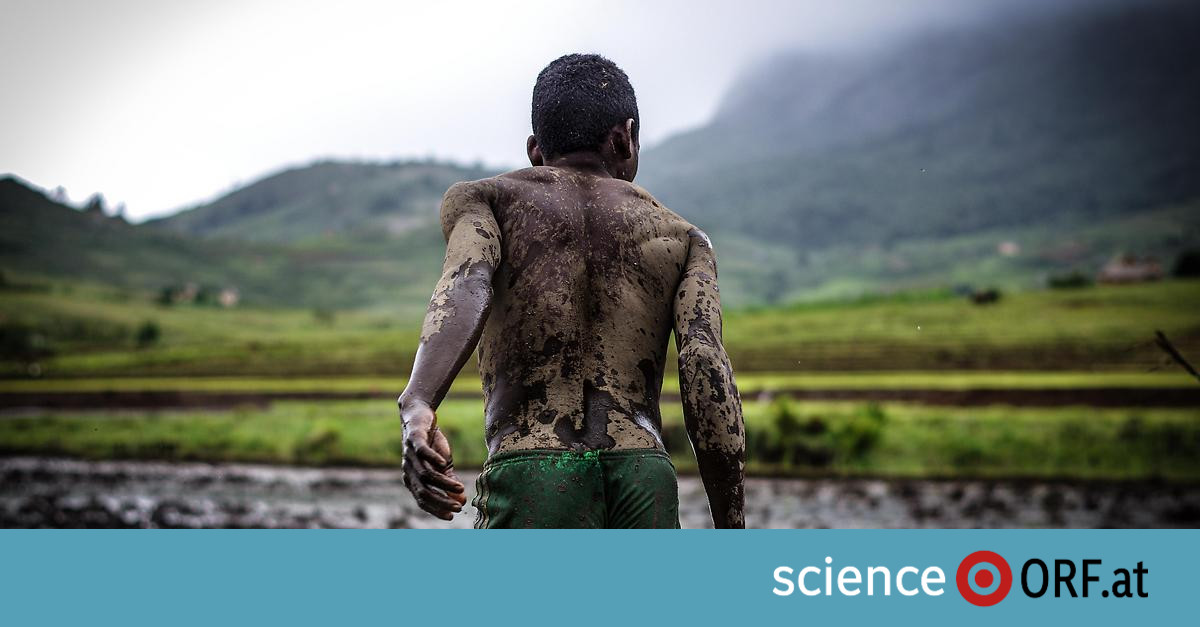Indigenous representatives should be heard more in science, for example when compiling global climate reports, but also in politics when developing climate adaptation measures. This is what the research project calls for “Licci” (Local indicators of climate change impacts).
Different lifestyles, are affected similarly
Anthropology team Victoria Reyes Garcia from the Autonomous University of Barcelona has conducted 52 case studies of indigenous and local communities around the world over the past five years. Among them are these cola in the Andes Mountains of South America Inguit in Greenland and Dagbani in Ghana. Despite their different origins and ways of living, they are often affected by global warming in a similar way – usually more directly and more severely than people in industrialized and emerging countries.
Some examples from a recent LICCI report: Kola farmers report water scarcity and shrinking wetlands in the Andes. The thawing permafrost and glaciers are destroying Inuit dwellings in northern Greenland, and transportation and hunting are becoming more and more dangerous. On the other hand, the Dagbani people have higher mortality rates in their livestock due to the higher temperatures in Ghana.
hotspots
These and other developments are not just a result of global warming. “The indigenous people consider this to be one of the many factors leading to the degradation of their environment,” the experts stress. Other factors, some more serious: excessive use of natural resources, for example in fishing and logging, poorly planned development projects and new infrastructure measures.
Indigenous people of the Argentine high desert Bona For example, they report poor conditions for their agricultural lifestyle, which has to do with both increased aridity and increased lithium mining. In many cases, global warming will exacerbate the historical marginalization of small populations – eg Koryak On the Kamchatka Peninsula in far eastern Russia.
Because indigenous people often live in hotspots of global warming, the Reyes-García team writes, they are also good sources for local adaptation strategies—and again cite examples. That’s how they will have it Petsilo In the highlands of Madagascar as well as those in my sari In Senegal when planting cereals in order to cope with the increasing drought. This can mitigate the consequences, but also bring with it new grievances. Among the Besari, for example, the shift to growing cotton for sale meant that women had less control over the family’s wealth.
Great knowledge, often unused
In general, the case studies show that indigenous communities have a large and accurate knowledge of methods of adaptation to climate warming. “They are connected to their natural environment through generations and have a comprehensive understanding of the cascading effects of climate change impacts, from changes in atmospheric, physical and biological systems to impacts on their livelihoods,” says Reyes Garcia, lead study author.
However, experts complain that this knowledge is not often used for climate protection – even in places where research is difficult to collect data simply because the area is so remote. They see their current study as a call to change this: “Indigenous peoples and local communities must play a more central role in the scientific and political process on climate change and adaptation strategies,” they concluded.

“Food practitioner. Bacon guru. Infuriatingly humble zombie enthusiast. Total student.”








More Stories
Kyiv: Russian Kursk offensive halted
US Presidential Election: Former US Government Officials Warn Against Donald Trump's Election
Netherlands wants to leave asylum system